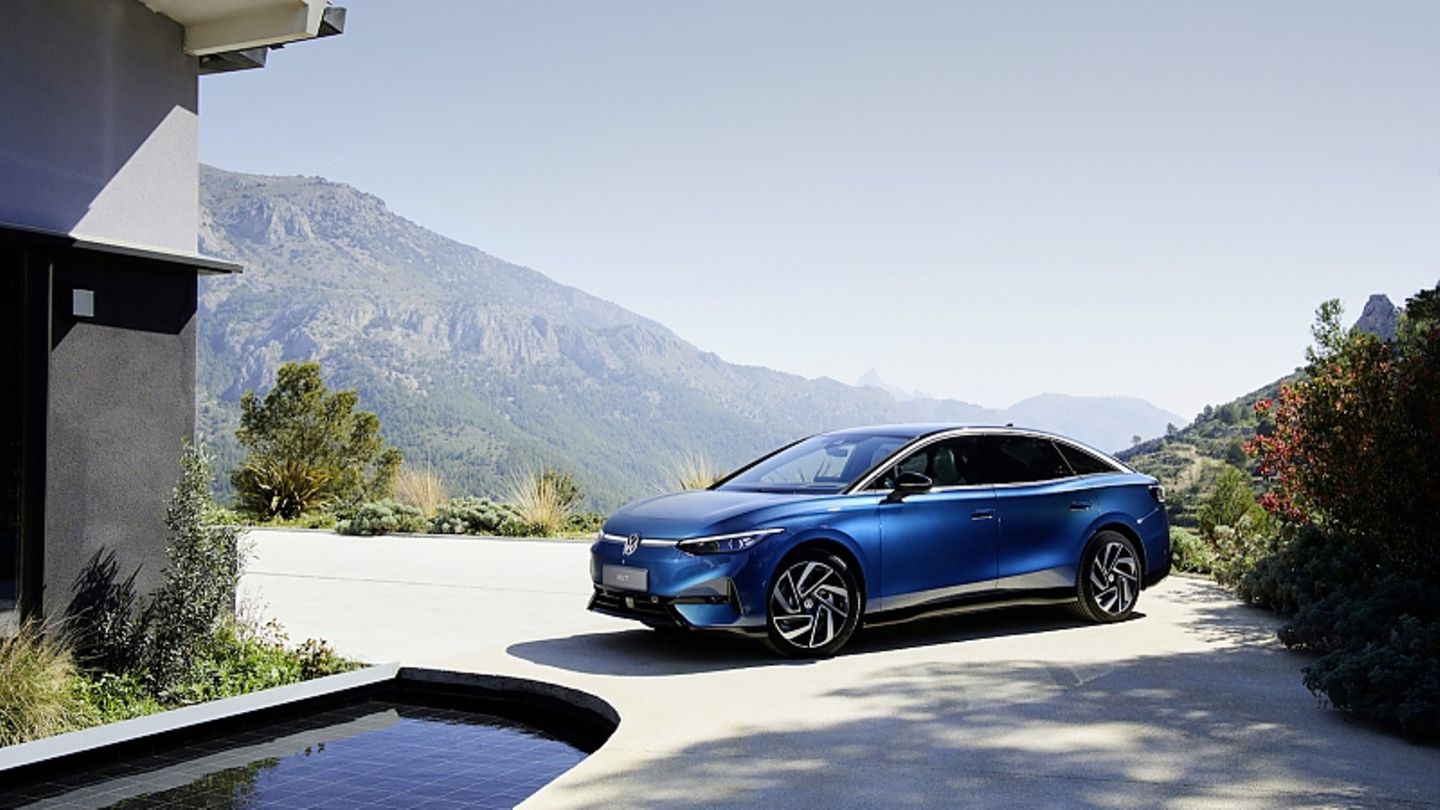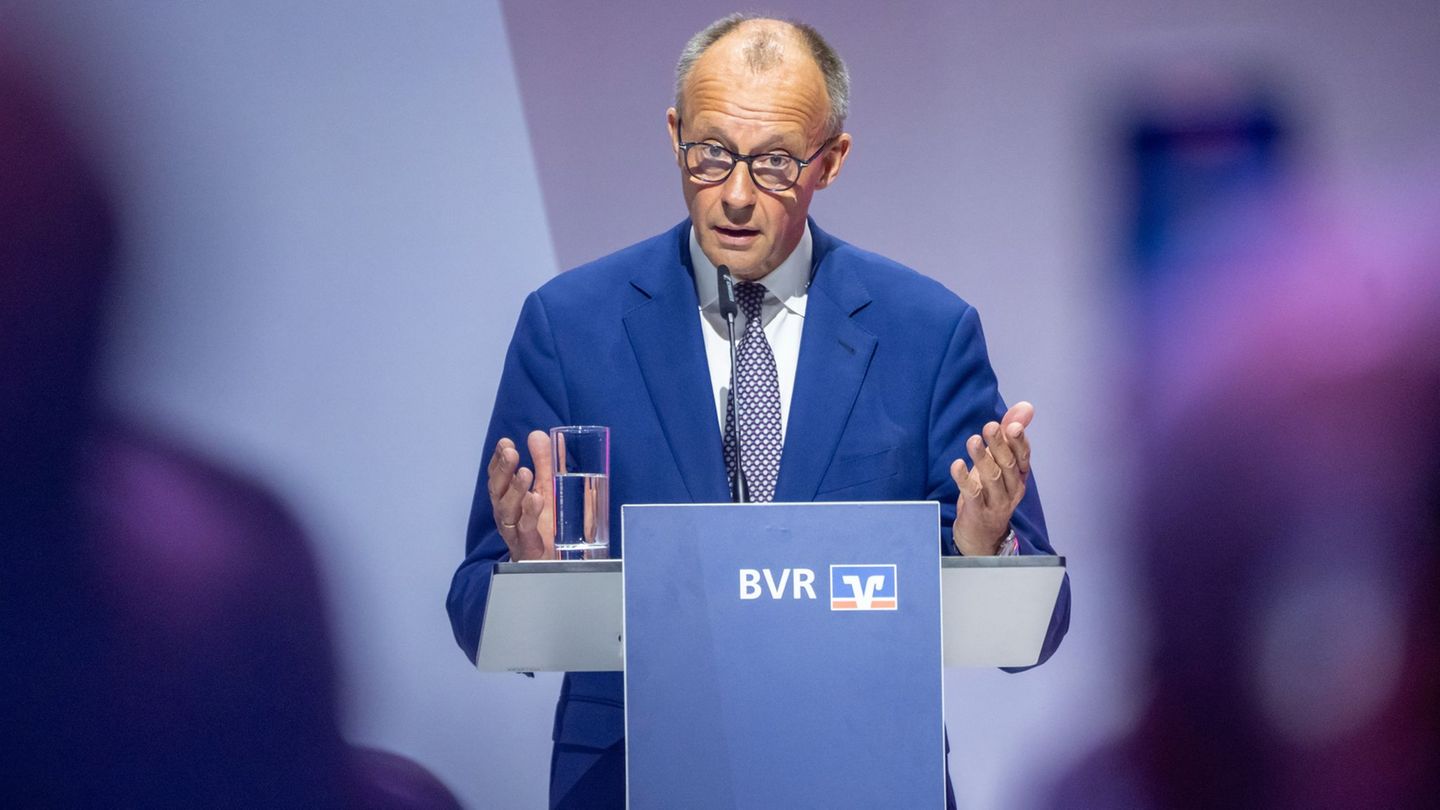Last year, the so-called greenhouse rate was on everyone’s lips for a long time when it came to electric cars. In the meantime, it has become much quieter around them, but anyone who registers their electric car can still pocket a few hundred.
The greenhouse gas quota – GHG for short – what is it and why does it bring hard cash to the owner of an electric car? The greenhouse gas quota is intended to reduce harmful gases in road traffic. It is based on a calculation trick: companies that produce more CO2 have to pay money for it. In return, owners of electric cars, for example, have been able to sell certificates for their reduced consumption of CO2 since the beginning of 2022 and receive money in return. That can be several hundred euros per year. In addition to the classic electricity suppliers and mobility providers, there are also other contact points for certificate trading. Start-up companies such as Emobia, Klima-Quote.de or Fairnergy collect the GHG quotas and transfer them to the owners of an e-car. The vehicle registration document, which must be uploaded to the relevant provider via a portal, is sufficient for reporting.
While the premiums for the greenhouse gas quota were often just 250 euros at the beginning of the payments at the beginning of 2022, they have increased and have remained at the level at the end of 2022 or have increased slightly again. Top providers such as GHG experts, Instadrive or Emobility Energie are currently offering between 410 and 425 euros for registering your own electric car. And it looks like GHG premiums will remain at these levels for the foreseeable future. The pressure to submit applications to the responsible Federal Environment Agency, on the other hand, seems to have eased somewhat and the agency is doing better than last year with the large number of applications and the respective examination. Therefore, the payouts are delayed by a few weeks, but not by a few months.
If your own electric car is sold, the new owner can register it and in turn collect up to 400 euros per year and car. However, this does not apply to the current year of the first registration, because the vehicle is blocked for the calendar year by the chassis number and cannot be submitted twice. Only in the coming year will the new owner be able to re-register the electric vehicle as a second owner as part of the GHG premium. The same applies to users of electric scooters or pedelecs.
Source: Stern
I’m a recent graduate of the University of Missouri with a degree in journalism. I started working as a news reporter for 24 Hours World about two years ago, and I’ve been writing articles ever since. My main focus is automotive news, but I’ve also written about politics, lifestyle, and entertainment.




